Japanese Intelligence in the United States Prior to World War II
Knowing the strengths and weaknesses of your enemy is vital to your success in any situation.
When, in 2012, I began my journey of verifying the claim there were no Japanese spies in the United States or observing within US Territory prior to WWII, I easily established the statement to be false.
Since that time, having accrued over 60 interviews with WWII Veterans of varying races, the claim has grown with intensity while the truth of the matter remains blurred. However, to many of those I spoke with their answer to the question of Japanese espionage in America before the bombing of Pearl Harbor on December 7th, 1941, which the Land of the Rising Sun prepared for well in advance, was straight forward and swift. “Of course.” “Yes.” “Definitely.” “I know where they were.” Some embellished on how ‘ridiculous’ it is to conceive that any nation would attack another without preparation and information supplied from within the opposing country.
Espionage used for military purposes is well documented throughout history. The Greeks and Romans built empires with the aid of intelligence gathering. Records reflect spy tactics and strategies in ancient Chinese and Indian writings. In the 5th century B.C. Sun-Tzu penned his masterpiece, The Art of War, in which he dedicated the final chapter, Chapter 13, to ‘Intelligence and Espionage’. The Hebrew story of Rahab tells of spies sent by Joshua to assess the military strength of Jericho, and the ancient Egyptians had perfected a system to gather information that added in the expansion of their empire.
In Gordon Prang’s historical account leading up to the outbreak of WWII, At Dawn We Slept, he states that in the Bible it is written the two oldest professions are spies and prostitues.
Thus, as building tension spread around the globe, so did the need for information. In 1882 both the British Admiralty and the United States formally assigned Naval Intelligence Divisions to accrue information for their expanding needs. This was followed by navies of Italy, Russia, Austria-Hungry, Japan and other international powers doing likewise. Intelligence saves lives plus provides an advantage.
My years of study led to a slide show/lecture I now present on this very topic of Nippon espionage in America and throughout the globe as they prepared for their desired expansionism throughout the Pacific. Their ‘Greater East Asian Co-Prosperity Sphere.’
While the original plan was to expand to Hawaii and beyond, this map shows how extensive the Japanese occupation was by 1942.
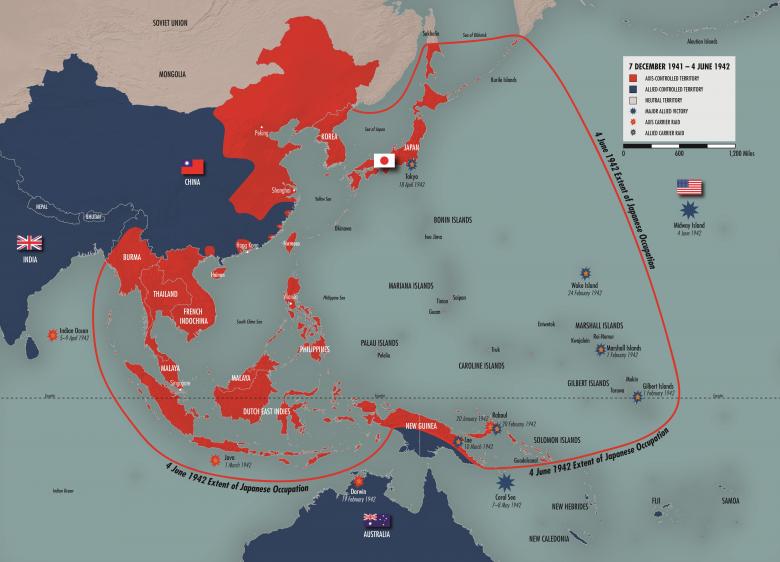
Just a brief sample of my findings include:
A Japanese propaganda map dating back to 1934 details the passageways and ports to be undertaken when expanding Japan’s holding. The desired ports included but were not limited to the Aleutian Islands, Canada, Seattle, San Francisco, Los Angeles, and down the coast of Mexico to the Panama Canal.
From 1919 – 1921 Admiral Isoroku Yamamoto, who led the Japanese attack on Pearl Harbor, studied English at Harvard University while traveling throughout the US spending time in Southwest Texas visiting the Kishi Colony and the Orange Petroleum Company. He concluded that oil and aircraft would be vital to the next war and encouraged Kishi to drill for more oil.
From 1926-1928 Yamamoto served as naval attaché in Washington D.C. with US Secretary of the Navy Curtis Wilbur and Admiral Edward Ebler Chief of US Naval Operations.
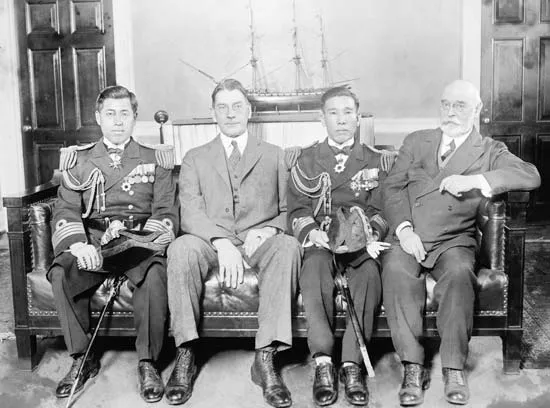
(Left to right) Capt. Yamamoto Isoroku, Japanese naval attaché in Washington, D.C., U.S. Secretary of the Navy Curtis D. Wilbur, another Japanese naval officer, and Adm. Edward W. Eberle, chief of U.S. naval operations, Feb. 17, 1926.
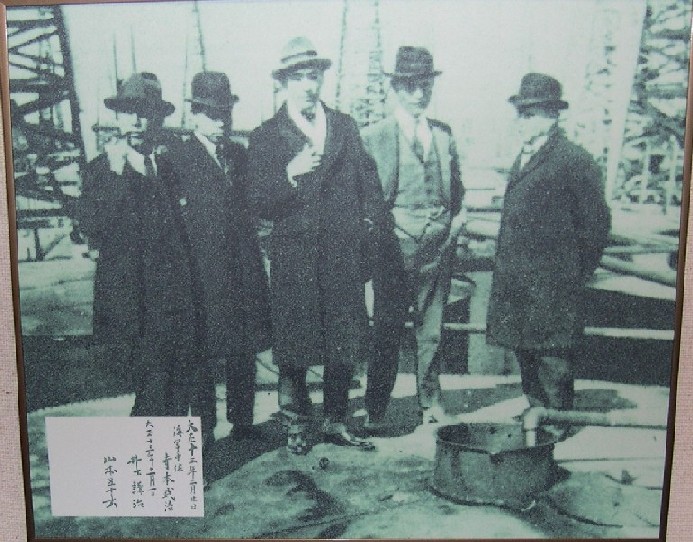
Picture Right: (Left to right) Capt. Yamamoto Isoroku, Japanese naval attaché in Washington, D.C., U.S. Secretary of the Navy Curtis D. Wilbur, another Japanese naval officer, and Adm. Edward W. Eberle, chief of U.S. naval operations, Feb. 17, 1926.
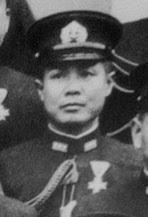
In 1933 one Toshio Miyazaki, posing as Mr. Tani attended Stanford University with his true intent to establish a spy ring. Miyazaki hired ex US Navy yeoman Harry Thomas Thompson to acquire information on shipping supplies. When caught the case against Thompson resulted in the first American espionage trial and conviction since WWI.
In 1937 Japan realized its shortage of trained men for covert operations and set into motion the creation of the Imperial Japanese Army Nakano School, established in the Nakano Ward of Tokyo. Selecting the highest qualified intellectuals, these students were encouraged to ask questions of their teachers, they wore suits as opposed to uniforms, and their hair long. By the end of World War II, the school had trained over twenty-five hundred spies or shadow warriors. This was in conjunction with over a thousand men who worked at the Noborito Research Institute developing special weapons for the men who would risk their lives to obtain the needed military intelligence.


Accounts include the use of women, such as those employed by Kanekichi Yamamoto when he ran drugs, hookers, and gambling for the Toyo Club in Seattle until convicted and deported in 1939. These ladies of the night were instructed to procure information from their ‘Johns’, usually military men, during sexual activities.
On September 20, 1940, Genevieve Grotjan, a former railway annuity statistician and mathematician, working and living at Arlington Farms, now called Arlington Hall Station in Arlington, Virginia, broke the Japanese diplomats code which the U.S. would entitle ‘Purple’. This Purple code was essential for the Allied forces, especially for the decisive Battle of Midway when the war turned in favor of the United States. Later Purple code was utilized to track the movements of Admiral Yamamoto enabling the U.S. Army Air Force to shoot down his plane midflight over Bougainville Island.
When WWII broke out, people along the West Coast feared the Japanese would land on American shores. Their anxiety grew with the sinking of several American cargo ships by Japanese submarines from Canada to the Mexican border. In fact, 5 men perished, and several were injured, in the sinking of those ships by the end of 1941.
Angered by the great loss of lives, military ships and planes at Pearl Harbor and in the Philippines, facing a war not going in the United States favor in the early months, hostilities toward the Japanese residents along the coast grew. Americans were terrified that an invasion of the homeland was imminent, as seen in my blog War Over Los Angeles.
One man I interviewed said he had heard what some men were planning for the Japanese as the US government did not appear to be taking action.


When considering the combination of information: the attack on Pearl, the Ni’ihau Incident, (see my blog on the Ni’ihau Incident), the discovered correspondence between Japanese consulates in the US to their homeland, which are detailed in works by William Friedman and David Lowman, the knowledge that the Japanese planned to move their spy network to Mexico, then to Spain under code name “TO”, the panic and prejudice increasing with the rise in sabotage coupled with the submarine attacks along US shores, the discovery of radios and munitions in Japanese homes, the Government needed to act.
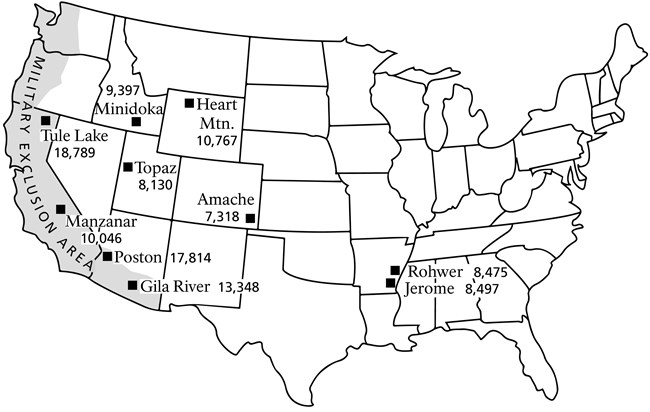
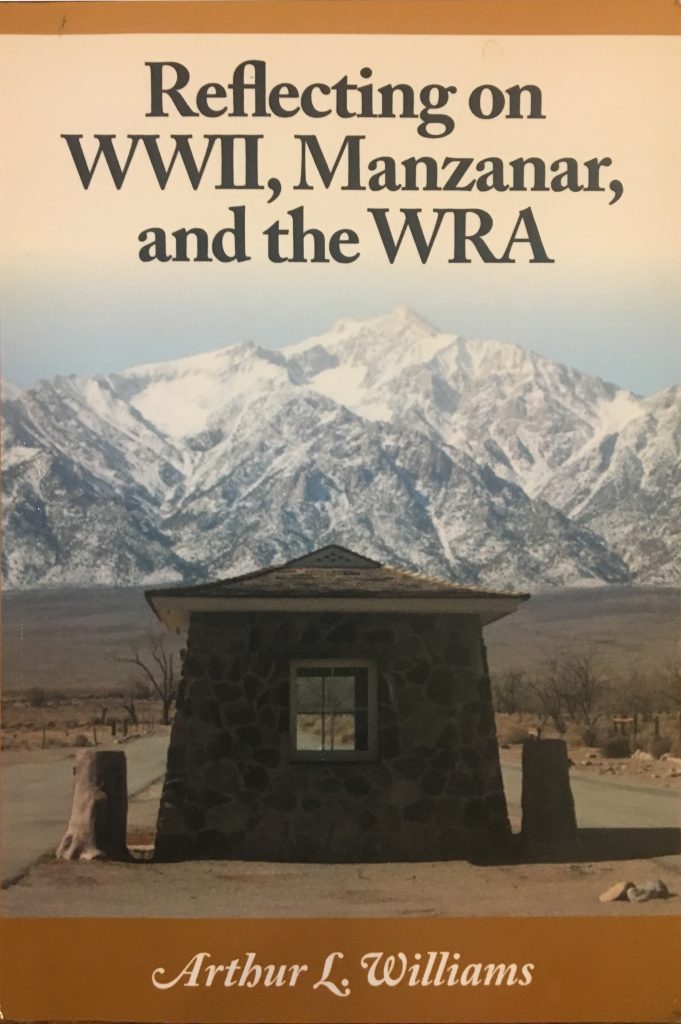
A plan was developed to relocate those of Japanese descent inland, away from War Zone 1, the evacuation area, which ran along the West Coast. This relocation would, in theory, protect Japanese US citizens and aliens alike, while securing the shores from further espionage. An alternative option for the Japanese was to move inland. For example, in Washington State, Nippon families moving east of the mountains to areas such as Spokane, as some did, meant they were not required to enter what was called at the time relocation camps or centers. A very complex situation. One great resource on camp life is a book by Arthur L. Williams.
These few stories are just a snippet of the reality of that era. While it is impossible to step back in time to truly recreate all the workings of the Axis reach inside our country, it is important to remember that, like the Bible informs us, spying is one of the oldest human traits.
In my books, while historical fiction, incorporating that which I learned from my years of interviews, I attempt to recreate the atmosphere of deeply infiltrated networks and the courage of those to unmask the treachery, even at the risk of friendships, family and loved ones.
Being true to one’s country is a lifetime journey. Doing research on the reason one would claim there are/were no spies in America has been challenging.
I am ever grateful to those men and women of the Greatest Generation, including my father Second Lieutenant Joseph Frisino, for their service and dedication in providing us with the opportunity to vote for our rights and continued freedom.
War is not the answer.
This short clip I made over a decade ago. While it’s fun, I realized how very much I have learned and, of course, still am discovering. After all, the world of espionage is very secret.
